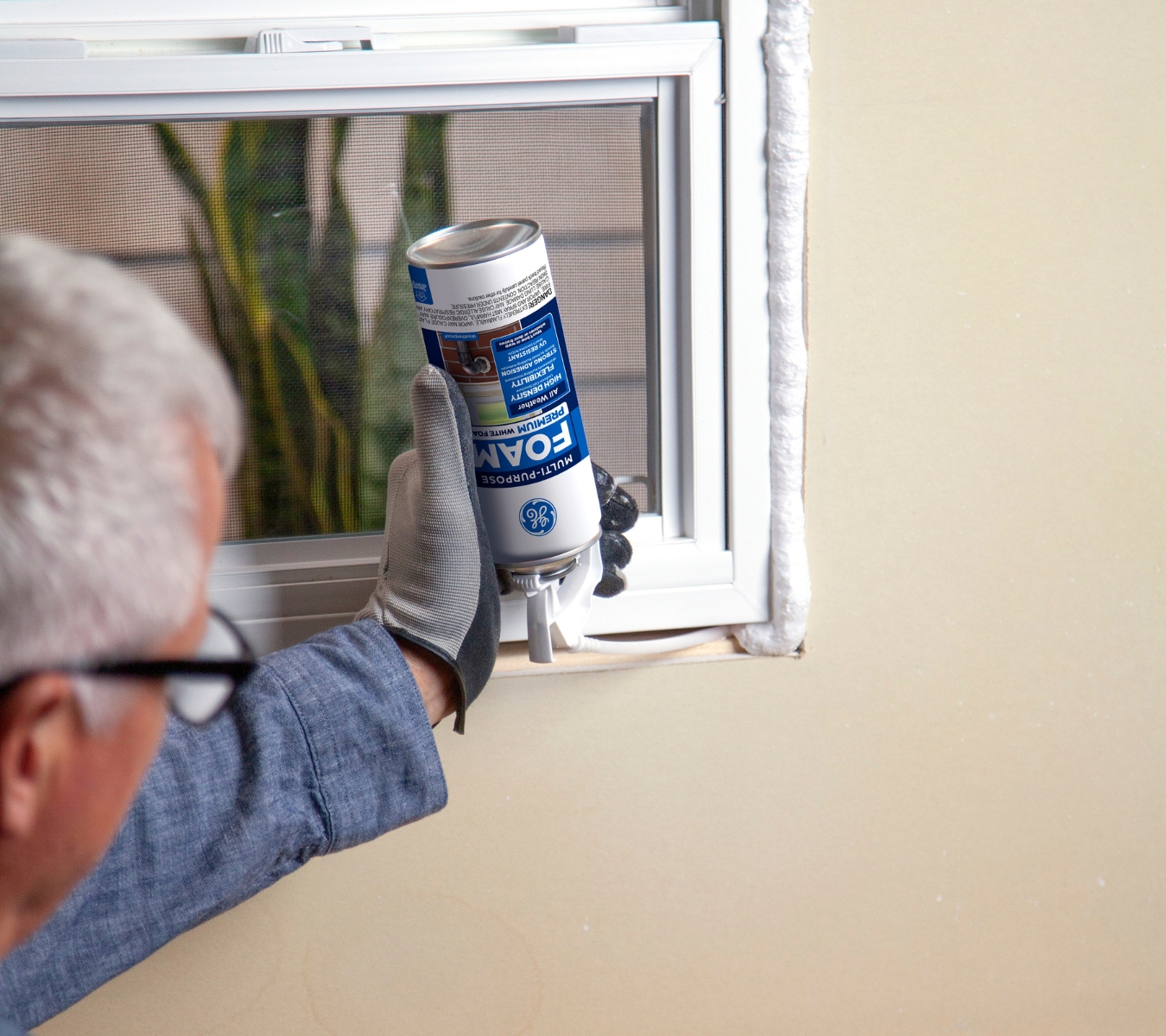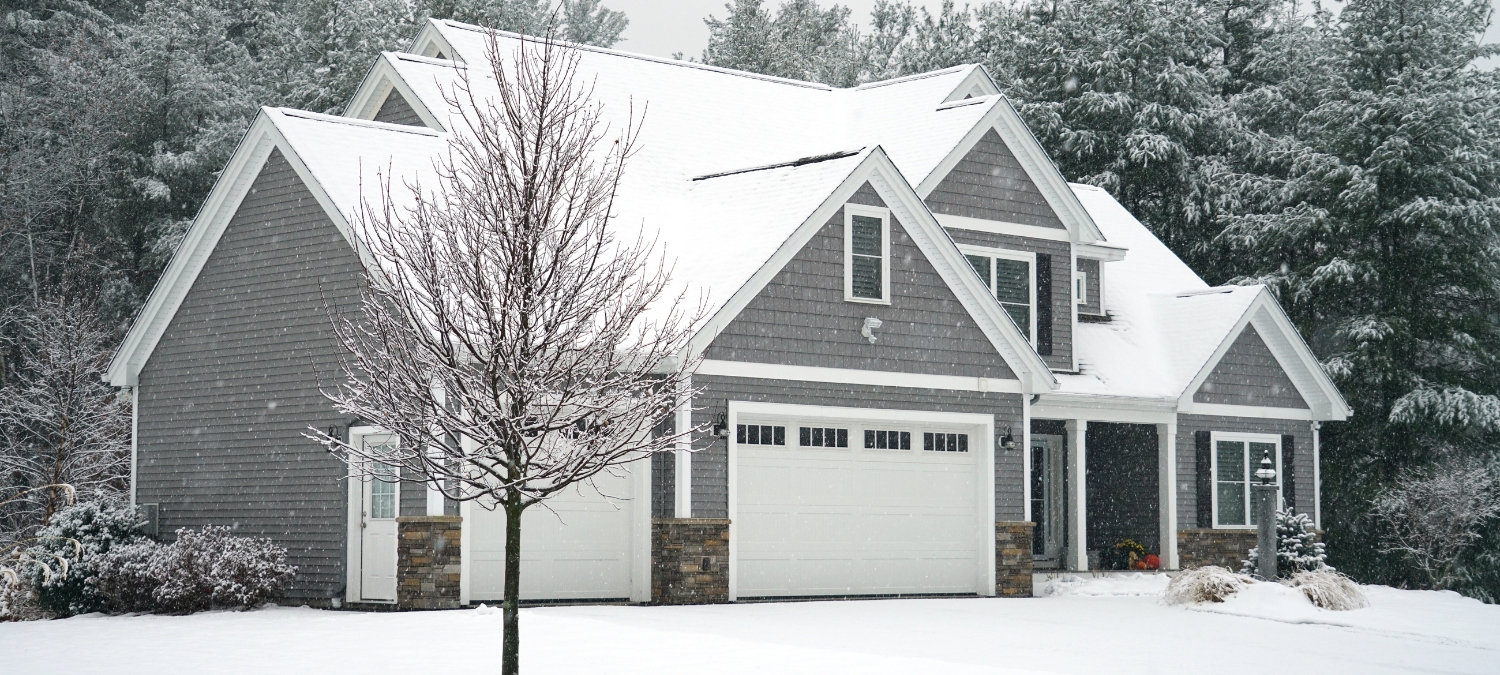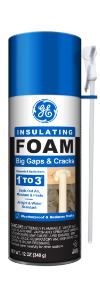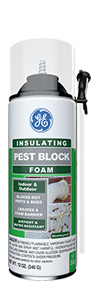Note: This DIY article is provided as a general guide only and is not intended to take the place of product-specific installation procedures; always follow applicable manufacturers’ instructions. Depending on your home’s age and condition, location within the home, and other potential factors, repairs and/or upgrades or other services may be necessary prior to the beginning and/or completion of your project that may involve the services of a home improvement professional. This article does not include advice pertaining to local building codes and/or any related inspections.
When the temperature drops, keeping your home warm can quickly become an expensive challenge. Heating costs rise, drafts sneak in, and energy efficiency suffers. The good news is that insulating foam is a simple, affordable solution that can significantly improve comfort and energy bills.
Insulating foam creates an air-tight and moisture-resistant barrier that helps regulate indoor temperatures by preventing cold air from entering and warm air from escaping.
What is insulating foam, and how does it work?
Insulating foam, or spray foam insulation, is a versatile material that expands on contact to fill gaps and cracks in your home’s structure. It creates an air-tight and moisture-resistant barrier that helps regulate indoor temperatures by preventing cold air from entering and warm air from escaping.
Several types of insulation foam are available, including those designed for small cracks, larger gaps, and even pest-resistant varieties. When correctly applied, it acts as a protective seal that keeps conditioned air inside, reduces drafts, and minimizes the strain on your heating system.
Spray foam insulation works on two levels:
- Air sealing: Foam expands to fill cracks and crevices, blocking drafts that let cold air in.
- Thermal resistance: The material itself has a high R-value (a measure of thermal resistance), which helps slow the transfer of heat through walls, floors, and ceilings.
Together, these two properties make insulating foam one of the most effective solutions for anyone wondering how to keep their home warm in winter without breaking the bank.
7 key areas to use insulating foam in your home
Insulating foam is versatile and can be used in many areas around the home, inside and out. Targeting these spots will make a noticeable difference in your home’s overall warmth and comfort.

-
Around windows and doors
Windows and doors are some of the biggest culprits of heat loss. Small gaps between the frame and the wall can let cold air and pests in. Inspect the area to see if you notice daylight shining, and run your hand around the frame to feel for drafts coming inside.
If you find problem areas, use GE Window & Door Foam to fill the gaps. A low-expansion formula like this one is essential to avoid warping the frame. Once the foam hardens, trim the excess with a sharp knife or sand it as needed. If the foam is exposed to sunlight, it should be painted or stained.
-
Gaps and cracks in the basement
Basements are notorious for drafts, especially around the sill plate, which is where the foundation meets the house’s framing.
Sealing these gaps with spray foam insulation prevents cold air from entering the foundation. It’s also a great way to keep moisture and pests out, helping maintain warmth and indoor air quality. For areas with bigger gaps that are one to three inches wide, try GE Big Gaps & Cracks insulating foam.
-
Attic penetrations and gaps
Even if your attic has insulation, warm air can escape through gaps around vents, chimneys, and wiring. Applying insulation foam in these spots stops heat from rising out of your living space and reduces the load on your heating system.
Focus on sealing:
- Along the attic hatch and window frames
- Around vent pipes and ducts
- Any holes for electrical or plumbing lines
-
Around plumbing and utility openings
Pipes and utility lines that run through walls and floors often leave small gaps that are easy to overlook. These can become significant sources of drafts in winter.
Use the GE Gaps & Cracks insulating foam to seal gaps up to one inch wide and stop heat from escaping through the walls. This improves warmth and reduces the risk of frozen pipes in extremely cold weather.
-
Garage walls and door frames
Garages can become a gateway for cold air, especially if attached to the home. Use insulation foam to seal around the garage door frame, entry doors, vents, or wall penetrations.
Use Big Gaps & Cracks to create a stronger seal for larger gaps. If your garage shares walls with living spaces, sealing those joints can also help maintain a consistent indoor temperature.
-
Exterior openings and foundation cracks
Don’t forget the outside of your home. Cracks around the foundation, vents, and exterior piping can all contribute to heat loss.
Insulating foam helps fill those larger gaps, preventing cold air and pests from getting inside. Many homeowners choose GE Pest Block Insulating Foam for added protection against rodents and insects seeking warmth in the winter.
-
Crawl spaces and rim joists
Crawl spaces and rim joists (the area between the foundation and the floor framing) are often left unsealed, which can lead to cold drafts.
Spray foam insulation in these areas adds a layer of thermal protection while keeping moisture out, a key element in preventing mold growth and improving overall home comfort.
How to check and maintain your spray foam insulation
Like any home maintenance product, insulating foam should be checked periodically to ensure it’s still doing its job. Temperature changes, moisture, and natural settling can sometimes cause foam to shrink, crack, or degrade.
Here’s how to keep your insulation foam in top shape:
- Inspect high-traffic areas yearly: Check windows, doors, and baseboards for new gaps or cracks.
- Look for signs of air leaks: On a windy day, hold your hand near foam-sealed areas to see if you feel a draft.
- Repair or replace as needed: If you notice gaps forming, remove the damaged foam and reapply a fresh layer.
- Clean before resealing: Dirt and debris can prevent new foam from adhering properly, so always clean the area before reapplication.
- Check for pest damage: If you’ve used pest-blocking foam, inspect those areas regularly to ensure no critters have made new openings.

Additional tips on how to keep your home warm in winter
While insulating foam is a key step in improving your home’s energy efficiency, it works best when combined with other simple strategies:
- Add weatherstripping: Seal the movable parts of doors and windows to prevent drafts.
- Insulate your attic: Ensure your attic has adequate insulation to prevent heat from rising and escaping.
- Close off unused rooms: Keep doors closed in rooms you don’t use often to concentrate heat in main living spaces.
- Use thermal curtains: Thick curtains can help keep cold air from seeping through windows.
- Schedule an energy audit: A professional can identify other areas of energy loss you might overlook.
As winter sets in, a little preparation goes a long way toward winterizing your home and keeping your heating costs low. These tips allow you to create an effective thermal barrier that helps trap heat where it belongs: inside.
Want to try GE’s insulation foam? Find a store near you in the U.S. or Canada that carries GE products.




